After a week of rain it’s no surprise that the garden is a bit soggy. My lawn is squelchy and the clay-based soil in my borders is heavy and sticky. So, I’m doing my best to keep to the hard surfaces around the garden, like the paths and patio, to avoid turning lawn edges and beds into a quagmire.
But there is one task that I can’t put off, and that’s the clearance of collapsed stems and soggy foliage.
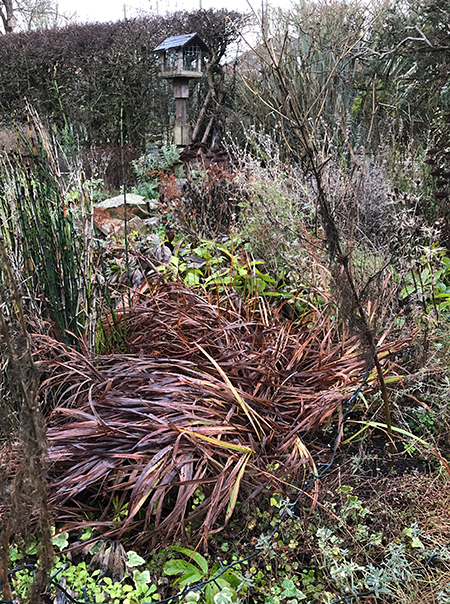
Not too tidy
I leave most old stems and seed heads in place over the winter because they provide homes and food for wildlife, and they add structure and interest to the borders during the bleakest months.
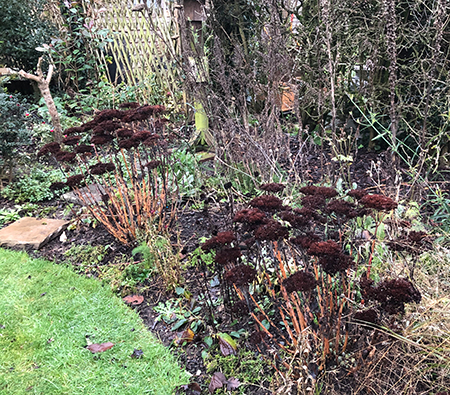
They also provide protection from frost and snow for the crown of the plant and any new growth that is emerging.
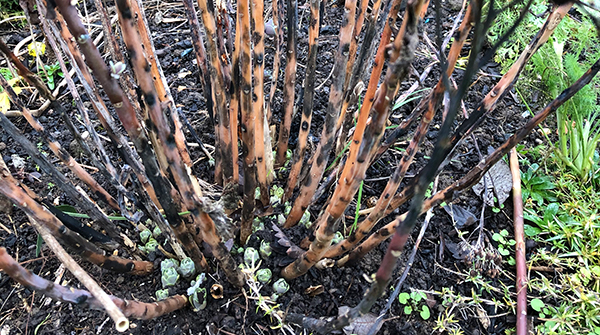
Clearing soggy foliage
But collapsed stems and pulpy leaves need to be cut back and removed. Leaving wet decaying material in your borders is practically inviting fungi and diseases to move in.
The decaying wet leaves of this day lily had collapsed over the crown of the plant.
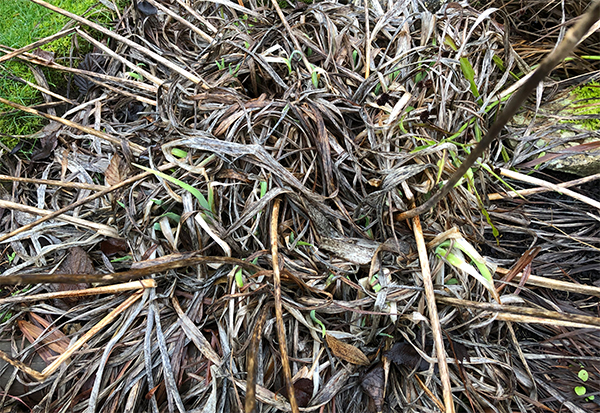
It only took a few minutes to pull the wet leaves away.

Future compost
And it can all be recycled. The old leaves (no matter how soggy) are great ‘brown material’ to add to the compost bin. And the old stems, which also pulled away easily, can be shredded or used as stakes when they dry.
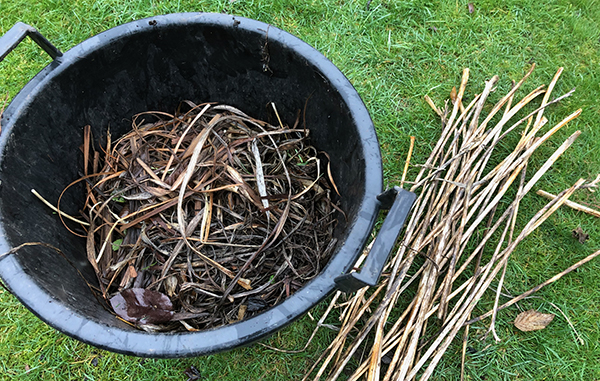
It was a quick and easy task that will benefit the plant. Meanwhile, there is still plenty of ‘mess’ in the garden to keep the wildlife happy.
